70 Vs. 75 Inch TV: Which One Should You Choose?
Expanding the TV screen size is one of the best ways to upgrade your home entertainment setup. But which solution should you go for between the 70 vs. 75-inch TV?
This article will help you explore the similarities and differences between these two popular screen sizes. So, let’s dive in and choose the one that can bring your entertainment to life!
What Is The Difference Between A 70 Vs. 75 Inch TV?
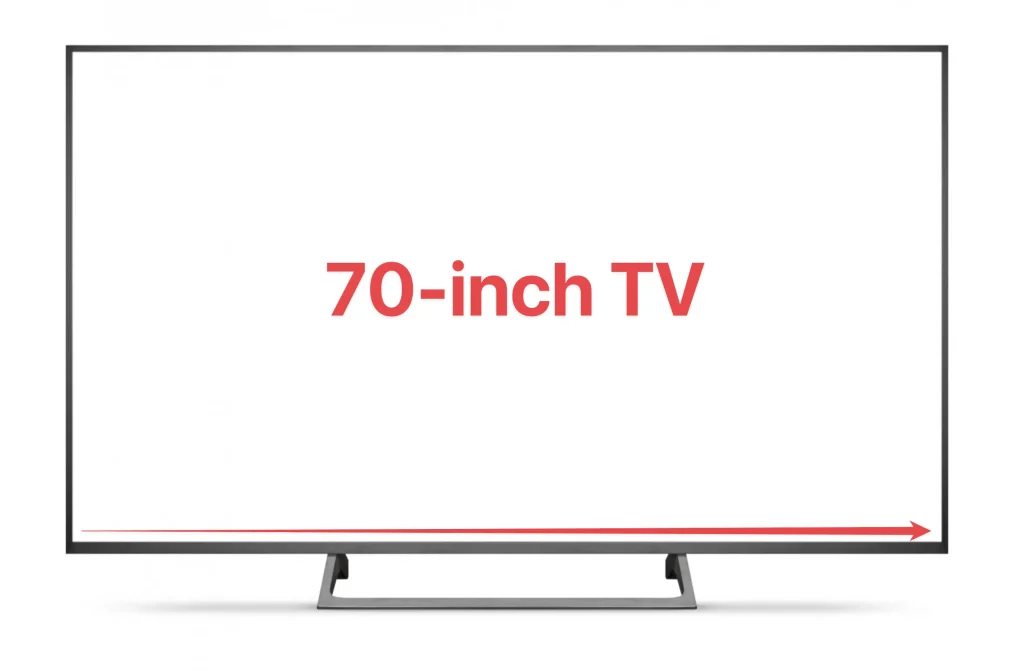
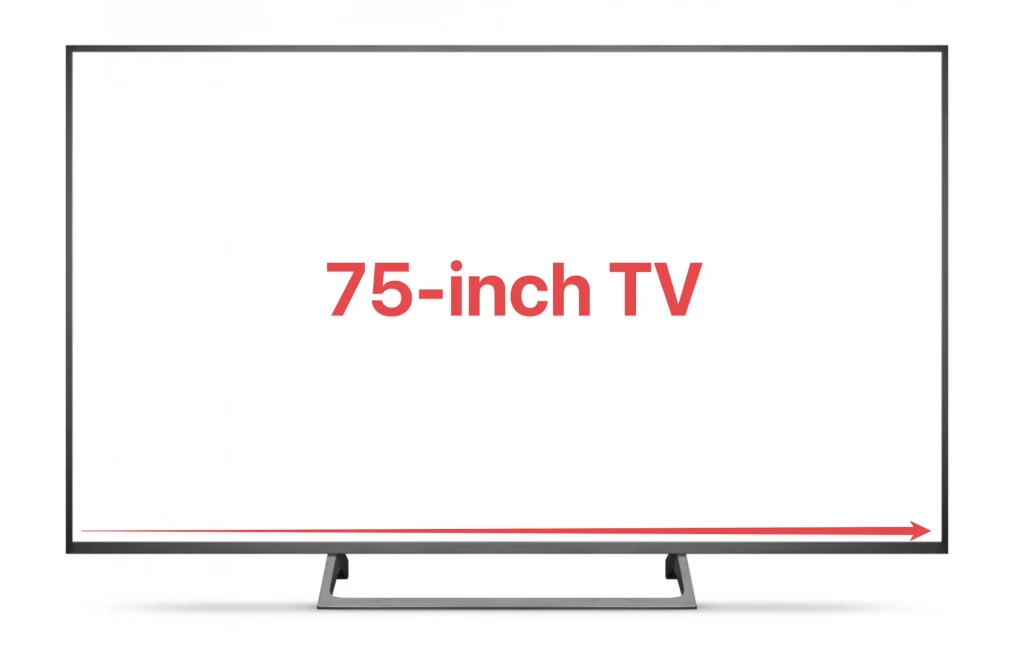
The primary difference between a 70-inch and a 75-inch TV lies in their screen size. While the 70-inch model has a diagonal screen measurement of about 70 inches, the other has a diagonal screen size of around 75 inches.
As you can see, a TV’s size is its diagonal length. We measure it from the upper left corner of the screen to its lower right corner. Hence, a 75-inch TV is bigger than a 70-inch one.
The difference in size leads to varying dimensions and viewing experiences. You also need to consider your room size to get the right screen. The price for your TV differs, too.
So, to choose the better screen size for your home entertainment setup, you have to weigh all those factors. Let us help you with that!
Viewing Distance
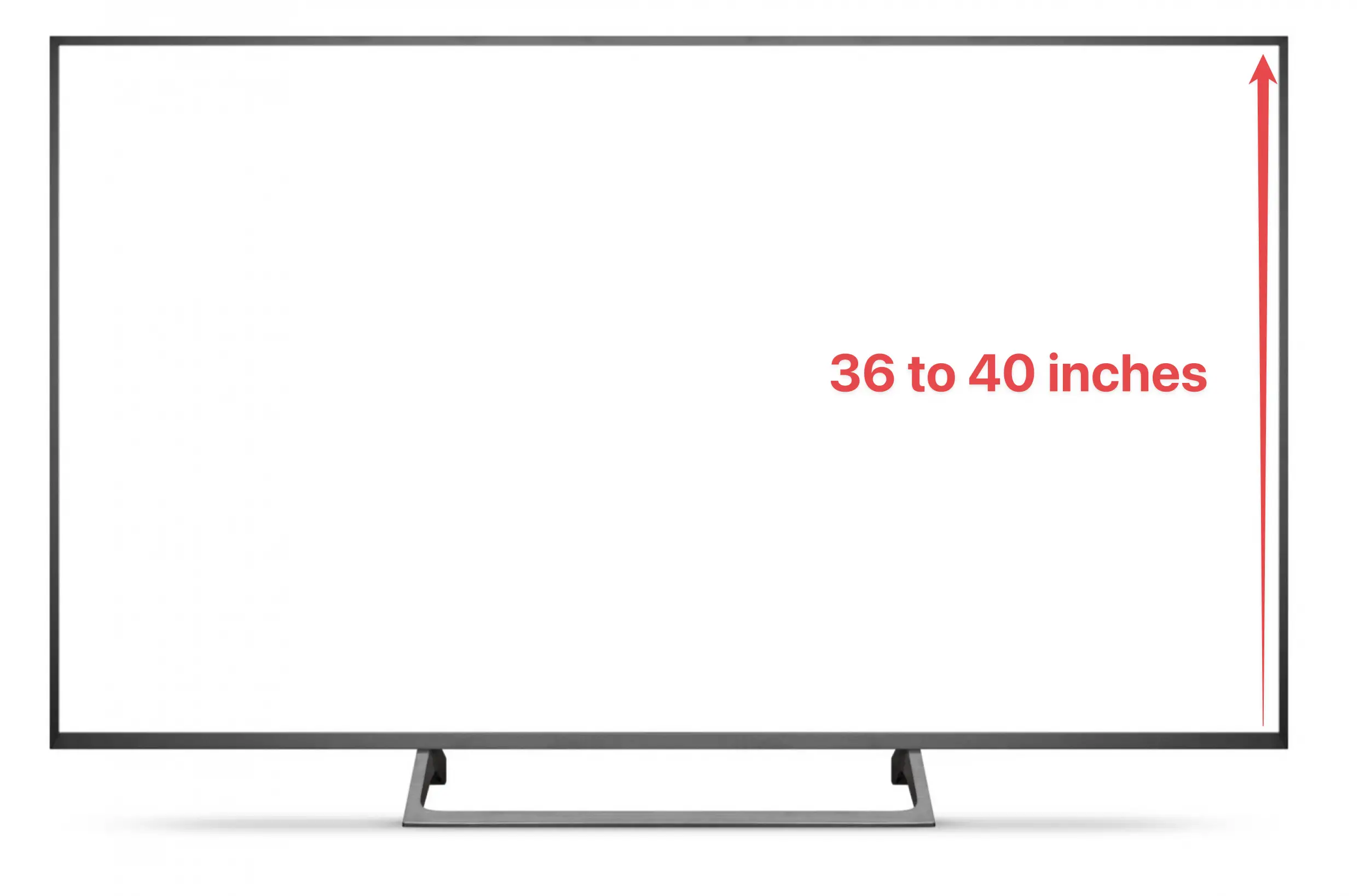
The ideal viewing distance for your TV depends on its screen size. The dimensions of the 75-inch display vary approximately from 36.8 to 40.2 inches tall, depending on the television model and brand. For example, the height of the Samsung 75-Inch Class Neo QLED 4K QN90B is 40.2″ and its width is 65.7″.
Sony recommends viewers watch a 4K TV from a distance of at least 1.5 times its vertical screen size.
For the best viewing experience, it is recommended that a 70-inch or 75-inch 4K TV be viewed from a distance of approximately 55 to 60 inches (4.5 to 5 feet). This allows for a full immersive experience, enabling viewers to take in the visuals and details that 4K resolution offers.
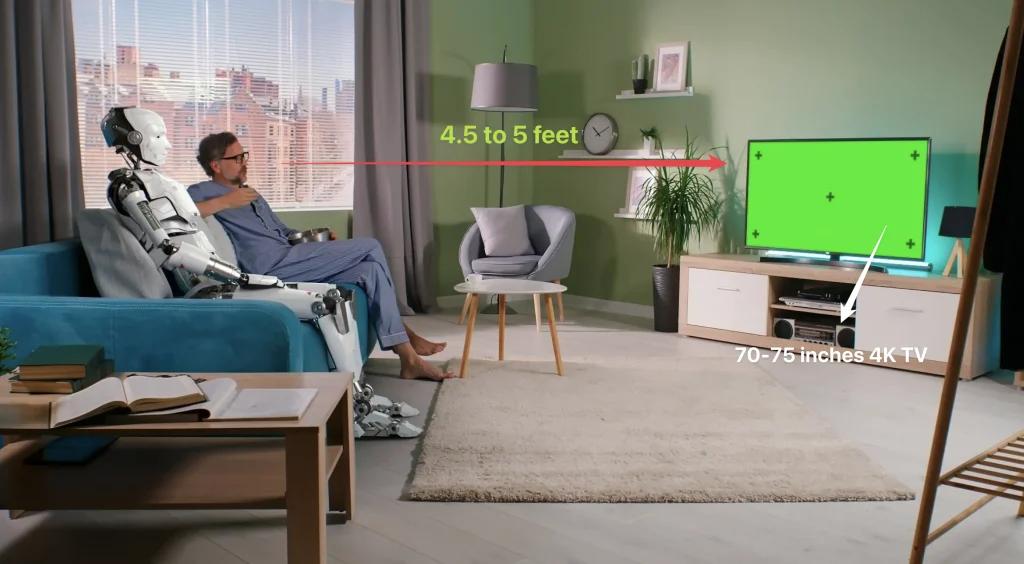
Picture Quality
The screen size is not the only factor that influences the picture quality. You also need to consider the display technology, resolution, color reproduction, and image processing.
A 70-inch and 75-inch TV can offer impressive image quality if their specifications are similar. The most important specs for picture quality include color accuracy, brightness, contrast, and HDR capabilities. So, check them carefully when buying the TV.
Budget
Generally, the bigger the screen, the more expensive it is. Hence, a 75-inch TV often costs more than a 70-inch model with the same specifications.
Comparison Table
If you are still confused, then check the comparison table below to determine the TV screen size between 70 and 75 inches.
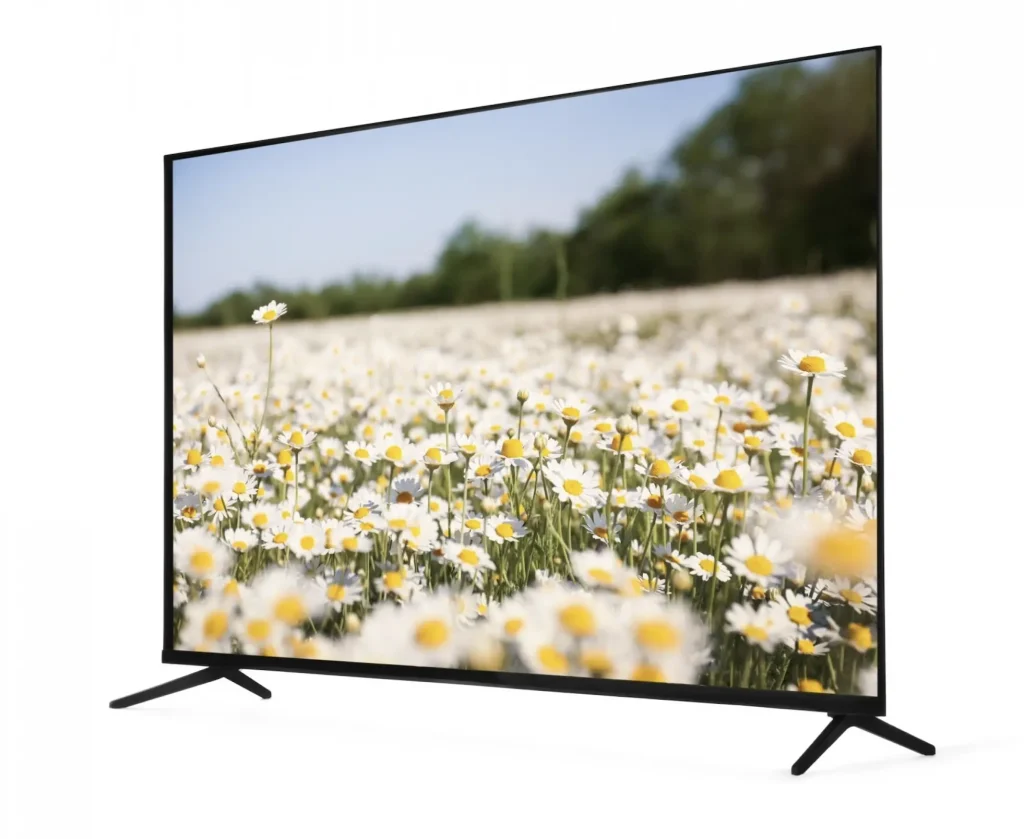
| Criteria | 70-Inch TV | 75-Inch TV |
| Room Size | Suitable for medium & big rooms | Suitable for big rooms |
| Viewing Distance | 4.5 to 5 feet | 4.5 to 5 feet |
| Picture Quality | Depending on many other factors | Depending on many other factors |
| Budget | Cheaper | More expensive |
Are Bigger TVs Better?
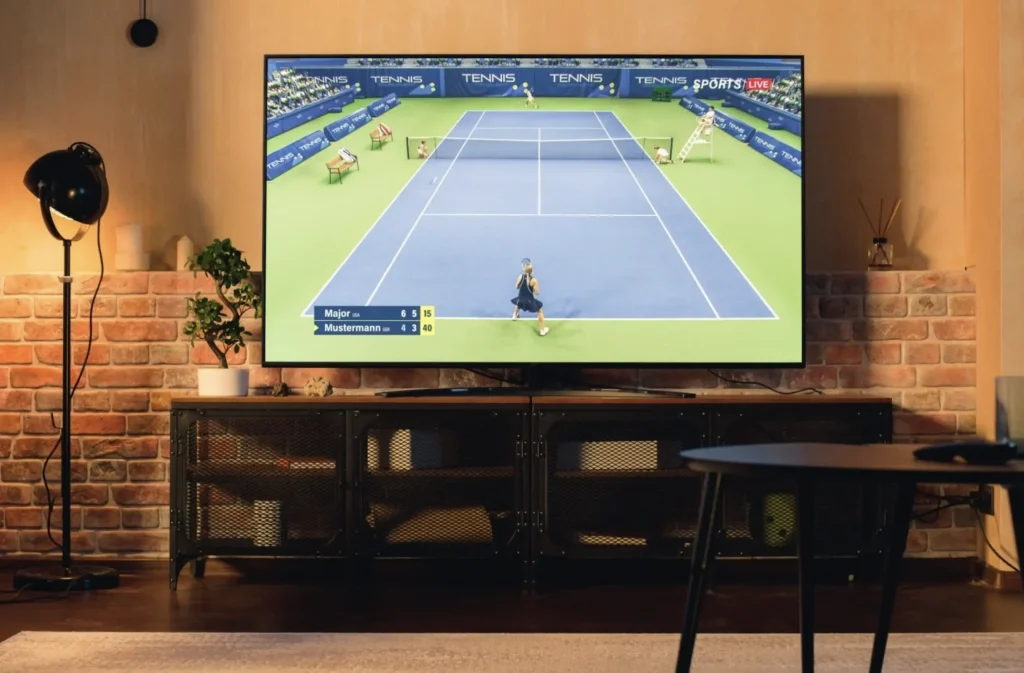
It depends. In fact, you have to consider your various factors to determine which TV screen size is the best for you. For example, a big TV, like the 75-inch model, won’t be your perfect match if you have a small room. On the contrary, a smaller model will give you a more comfortable viewing experience.
You should also select the perfect spot for your viewing distance. Otherwise, a large screen will fail to deliver clear pictures. Moreover, the quality of the display is essential regardless of the TV size. You may prefer a small TV with a high resolution to a large screen with a lower rate.
This video will explain the relationship between the screen size and screen resolution so help you figure out which matters more:
Conclusion
The choice between a 70-inch and a 75-inch TV depends on your specific needs, room size, budget, and viewing distance. Moreover, check your TV’s specs carefully to ensure they can display high-quality images.
So, you can settle on the ideal addition to your home theater setup after considering those factors carefully. Now, get ready to elevate your viewing experience to the next level!
Pete is a software engineer who currently works full-time managing OMGMonitor.com. On the side, he enjoys coding his own projects and spending time with his wife and two dogs. When he's not working or hanging out with family and friends, you can find him playing the guitar or running. My Instagram.






